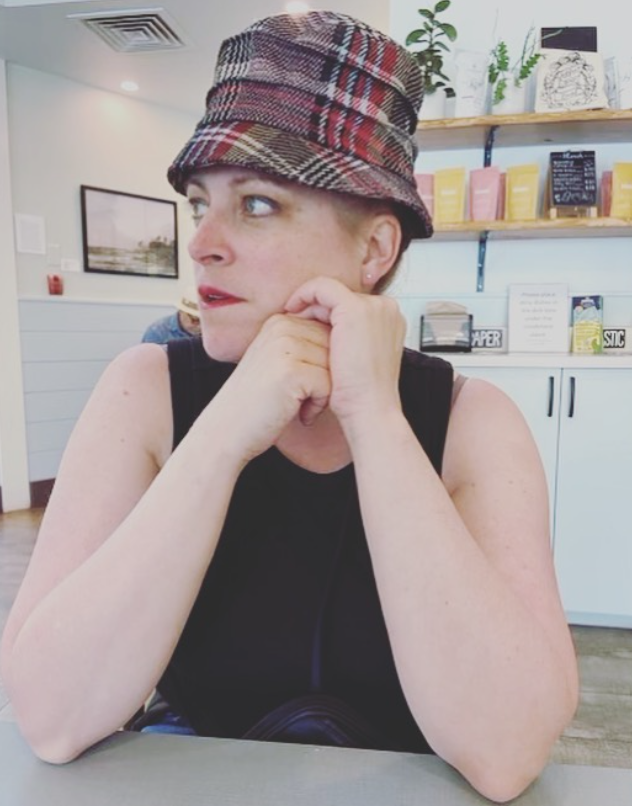QUESTIONS TEACHERS ASK: Why do students put periods in the wrong places?
Today’s Question:
How do I get students to add periods in the right places?
First, make sure that you taught students what a sentence is. I found a lovely video to illustrate this.
Here is where the trouble starts.
Notice in the video, there are only short sentences with a period, question mark or exclamation mark placed at the end of a sentence, always on the right hand side of the video.
When students see these examples, they think of periods as having a location on the page.
This is because students are first exposed to sentences as beginning and ending on one line.
- their early leveled readers have short sentences, beginning and ending on one line
- teachers model short sentences beginning and ending on one line
- students write short sentences, beginning and ending on one line
They see periods as going “at the end”, rather than at the end of a group of words wherever that happens to be on the page. See below.
It has happened to me too.
I have asked students to add periods and they come back with something like this. See below.
There is not a sense of sentence but rather a sense of location, they think a period goes at the end of a line.
How do you solve this issue?
Model for students sentences that go onto the second line. In other words, demonstrate for the students how to wrap the text.
Wrapping the text means to start the sentence on one line and continue onto the next line where the period is added. See below.
When students see sentences wrapped across two lines, they begin to understand that periods are added at the end of a sentence not at the end of a line.
Students need to know when one sentence ends, another begins.




